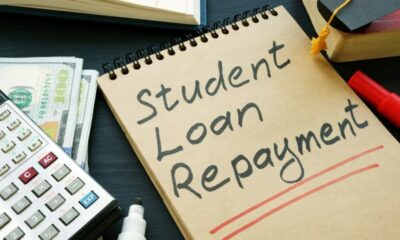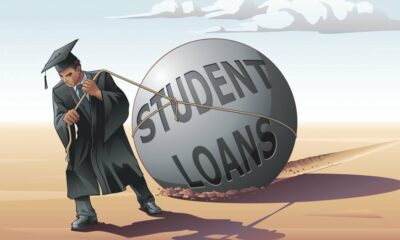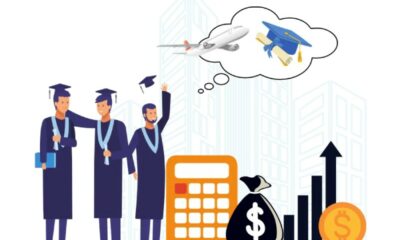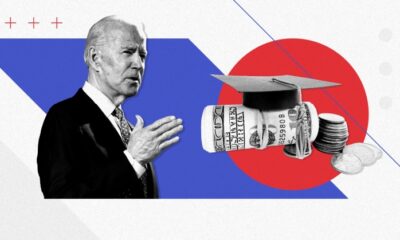Business
How To Be Exempt From Student Loan Debt In 2024
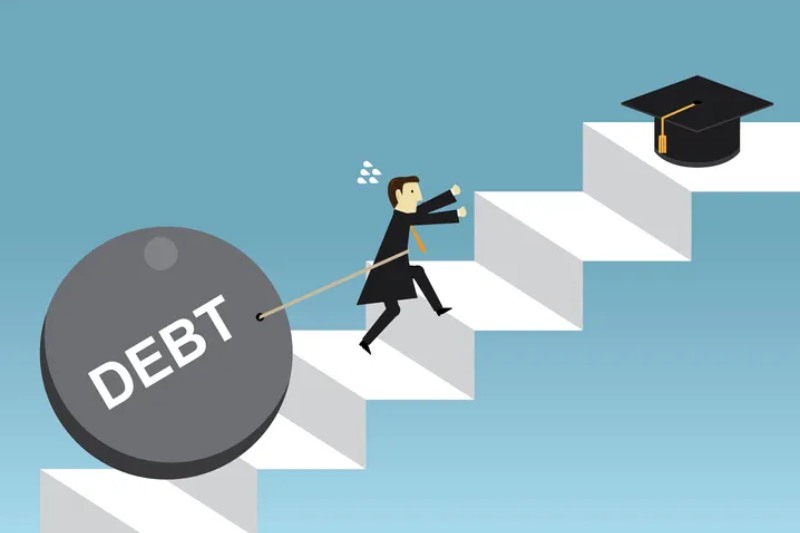
The history of student loan forgiveness is uneven. The Supreme Court invalidated a comprehensive plan that might have eliminated up to $20,000 for each borrower last summer. All the same, there’s never been easier access to student loan forgiveness. As of March 21, the Education Department reports that a few federal student loan forgiveness programs had forgiven $143.6 billion in student debt for 3.96 million students, with more to come this year.
Presently, the White House is attempting to ram through a more limited forgiveness “Plan B” in place of its previously abandoned comprehensive forgiveness plan. Programs that range from income-driven repayment (IDR) plans, which cap monthly bills at a percentage of your income and forgive your remaining balance after 10 to 25 years, to specialty programs for borrowers with specific loan types, jobs, or school circumstances are among the tried-and-true routes to forgiveness.
Here’s how to get your student loans forgiven in 2024, along with some things to consider before taking this route.
Verify Your Eligibility
For you to be eligible for a forgiveness program, you need to have federal student loans. Loans for private education are not accepted.
Visit StudentAid.gov and attempt to log in or retrieve your account in order to confirm that you have federal loans.
Next, see what kinds of federal student debts you currently possess. Prior to pursuing forgiveness, you might need to consolidate any debts that you hold, such as commercially held FFELP or Perkins loans.
Income-based Repayment
The easiest way to forgive is through Saving on a Valuable Education, or SAVE, the newest IDR strategy. Enrollment is open to all borrowers with federal direct loans.
If your initial sum was $12,000 or less, the SAVE plan can cancel your outstanding student debt in as short as 10 years; for other debtors, it can take up to 20 or 25 years. If your monthly income is less than $32,800 for an individual or $67,500 for a family of four, your bills may be waived while you work toward forgiveness; if not, they will be limited to 5%–10% of your take-home pay.
Forgiveness of Public Service Loans
You may be qualified for Public Service Loan Forgiveness (PSLF) if you are employed by a qualified government agency or nonprofit organization. Once ten years of repayment have passed, this program erases your remaining balance.
“Generally, the PSLF program is the best one if you have access to it,” says Scott Stark, a financial coach and certified financial planner at Financial Finesse, a workplace financial wellness company.
Additional programs for forgiveness
Your alternatives for student loan forgiveness outside of IDR and PSLF could be as follows:
- Forgiveness of Teacher Loans, if you are employed in an eligible low-income school.
- If you believe your school misled you, you may use the borrower defense to repayment.
- discharge from a closed school, if your school closed while you were enrolled or soon after.
- If you have a Perkins loan and are employed by the government, your loan may be cancelled.
- aid with state-based student debt repayment if you are willing to move to a new location or work in the medical field.
Perform The Calculations
Use the loan simulator provided by the Education Department to determine how much debt you may be able to forgive, what kind of repayment plan would be best for you, how high your monthly payments may be, and how long repayment would take.
An IDR plan might not be the best option for you if it requires you to pay off debt before it is forgiven or if it will result in higher interest rates for a longer length of time. (Being enrolled in an IDR plan is another requirement for Public Service Loan Forgiveness.)
According to Tisa Silver Canady, founder of the Maryland Center for Collegiate Financial Wellness, “it really is a case-by-case kind of thing, but generally speaking, the income-driven repayment plans can be pretty unattractive for people whose income is relatively high compared to their student debt loads.” “They might do better to just stick with a balance-driven plan and make additional payments when they see fit.” If you are on a balance-driven plan (such as the typical 10-year plan, which divides your loan into 120 payments), you can lower your overall interest charges and eliminate your debt faster by making additional principal payments.
On the other hand, seeking forgiveness is a smart move, according to Stark, if the IDR calculations allow debtors to make lesser payments and retain more of their income to meet other financial objectives.
Be Ready For An Impending Tax Bomb
Through 2025, the forgiveness of IDR student loans is not subject to federal taxes. Any amount forgiven after that could trigger a student loan tax bomb. There are also a few states that waive IDR taxes.
Planning for a tax bomb is crucial if your period of forgiveness is going to go past 2025. According to Stark, set aside a tiny sum of money every month to pay your future tax liability.
To find out how much forgiveness you might finally receive, use the loan simulator: In the year that you receive forgiveness, that amount will be added to your taxable income. In certain situations, the forgiveness can place you in a higher tax rate, increasing your overall tax liability. It might not be worth it if the monthly amount you have to set aside to pay the tax payment is greater than the amount you would save on the IDR plan.
Federal taxes do not apply to loan balances forgiven under PSLF, Teacher Loan Forgiveness, Borrower Defense to Repayment, Closed School Discharge, or Perkins Loan Cancellation.
Modify Your Payback Schedule
You will need to convert to an IDR plan such as SAVE if you determine that IDR forgiveness is the best option.
You can apply online at StudentAid.gov/IDR for an IDR plan, or you can give your student loan servicer a call.
If you want to go for PSLF, you also need to enroll in an IDR plan. To increase the amount that may be forgiven after ten years, select the plan with the lowest monthly payment. Canady advises submitting your PSLF employer verification form annually to ensure you remain on track for forgiveness. The online PSLF Help Tool from the Education Department allows you to accomplish this.
-

 Sports4 weeks ago
Sports4 weeks agoAl Ahly vs Inter Miami, 2025 FIFA Club World Cup – Preview, Prediction, Predicted Lineups and How to Watch
-
Health3 weeks ago
Back to Roots: Ayurveda Offers Natural Cure for Common Hair Woes
-

 Tech3 weeks ago
Tech3 weeks agoFrom Soil to Silicon: The Rise of Agriculture AI and Drone Innovations in 2025
-

 Startup4 weeks ago
Startup4 weeks agoHow Instagram Is Driving Global Social Media Marketing Trends
-

 Sports3 weeks ago
Sports3 weeks agoFIBA 3×3 World Cup 2025: Full Schedule, Preview, and How to Watch
-

 Science4 days ago
Science4 days agoJuly Full Moon 2025: Everything You Should Need to Know, When and Where to See Buck Moon
-

 Gadget3 weeks ago
Gadget3 weeks agoThings to Know about Samsung Galaxy S26: What’s New and What’s Next
-

 Sports4 weeks ago
Sports4 weeks agoWorld Judo Championships 2025: Full Schedule, Date, Time, Key Athletes and How to Watch



